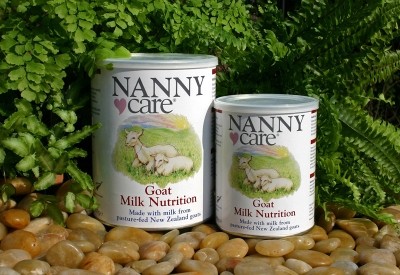ISO expands protein measurement method to goat, sheep milk

According to Geneva-based ISO, the revised standard, ISO 8968-1:2014, “reconfirms the crucial role” played by Kjeldhal digestion - a method used worldwide to determine the nitrogen content, and in turn the protein content, of milk and milk products.
“Increasing commercial interest in milks of other species necessitates the availability of suitable validated analytical methods,” Harrie van der Bijgaart, chair of the ISO technical committee on milk and milk products, told DairyReporter.com.
Within the dairy industry, the Kjeldhal method is used to calculate milk supplier payments, control manufacturing processes, and ensure regulatory compliance.
In addition to whole cow’s milk, ISO says that the method is now suitable for skimmed and semi-skimmed cow’s milk, goat’s and sheep’s whole milk, hard, semi hard and processed cheese, dried milk and dried milk products such as milk-based infant formulae, milk protein concentrate, whey protein concentrate, casein and caseinate.
Trade disputes
Prior to the revision of the Kjeldhal method by ISO and IDF, the technique was really only suitable for whole cow's milk, said van der Bijgaart.
“The main modification is the requirement to optimize digestion conditions to maximise the recovery of nitrogen for the specific product/samples types,” he said.
“Previously, the digestion was optimized for high fat, high protein liquid milk, which did not suffice for powdered products for example.”
“This was one of the main reasons for trade dispute occurring," said van der Bijgaart.
“Many of the dried products included in the expanded scope of the standard are already traded internationally in significant quantity. However, currently Codex references the earlier version of this standard for a number of products that were not within its scope, which as explained, increased the risk of inconsistent protein results and trade disputes.”
International adoption
The revised Kjeldhal method will be submitted to the Codex Committee on Methods of Analysis and Sampling (CCMAS) at its annual meeting in March 2014.
The ISO expects the Codex Alimentarius Commission to “subsequently adopt the method” at a later meeting in July 2014.
Commenting on the anticipated adoption, Dr Jaap Evers, chair of the IDF methods standards steering group, said: “One of the major benefits of an international adoption of the revised method is that it will result in greater harmonization of protein analysis across the globe, thereby minimizing the risk of trade disputes resulting from differences in analytical test results.”








